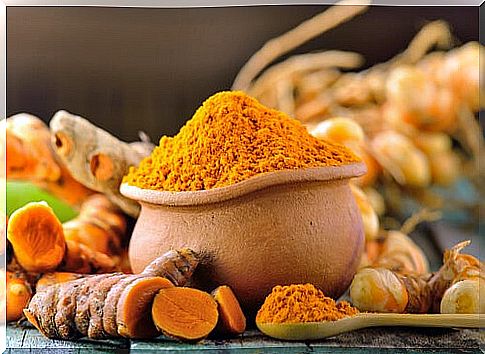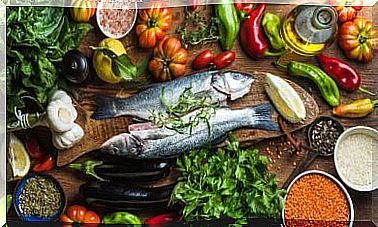Curry, An Ally Spice In The Kitchen
Although curry has long been known as an ingredient of Indian cuisine, it is believed to be a spice that could be an excellent ally in many other culinary traditions. In fact, many have already been encouraged to incorporate it more frequently in their preparations.
Today, people from all over the world take advantage of curry in their dishes to get recipes full of flavor, good aroma and, also, an eye-catching appearance. On the other hand, many have taken advantage of this spice to avoid excessive use of salt.
When it comes to avoiding over-salting food (and at the same time reducing the amount of said ingredient in meals), spices become great allies.
Curry, cumin, ginger, nutmeg, among others, and aromatic herbs (such as parsley, thyme, basil, etc.) can help give food a touch of flavor, without having to resort to use of large amounts of salt. Therefore, it is worth learning how to take advantage of these ingredients.
Curry powder and its variants
First of all, it must be clarified that curry powder is a mixture of several spices. The main ones are usually: coriander, turmeric, cumin and fenugreek. Although you can find different recipes, in which other spices are added to the mixture, such as: nutmeg, some variety of pepper or cardamom, garlic, ginger, fennel seeds, cloves, cinnamon, and so on.
Depending on the ingredients chosen for the recipe, the curry powder will have some characteristics or others. Thus, it is possible to find yellow curry (which is the most common variety), red curry and green curry. Each one offers a different flavor and, therefore, not all curry preparations can be the same.

More or less spicy, depending on its color
The main characteristic of green curry is the intensity of its spicy flavor, since its recipe includes Thai basil leaves and kaffir leaves.
In yellow curry the predominant ingredient is turmeric, from this comes its color. It is the variety most used to prepare rice dishes, meat and fish stews. Unlike green curry, yellow curry is usually not very spicy.
Red curry gets its color from red curry paste. It has a mildly spicy flavor and is often used to prepare recipes with meat, poultry, fish, seafood, rice, sauces and even some soups. Some recipes may include: red bell pepper (paprika) and cayenne pepper, plus cinnamon, cardamom, cloves, mustard, fenugreek, cumin, coriander, and turmeric.
Curry as an ally in the kitchen

As it has a very marked flavor and aroma, this spice tends to be an ingredient that easily takes center stage in the preparation. Once a touch is added, it is no longer necessary to accompany it with large amounts of other ingredients with very marked flavors (such as salt or pepper), since doing so would result in a dish that is too spicy.
So if you want to get a tasty preparation with this spice, you do not need to worry about adding other ingredients as a “boost”. Allow him to be the protagonist and thus you will get a well-seasoned meal, without excesses.
In short, curry is an ingredient of great culinary value that should be learned to use for various preparations of dishes, enjoy a balanced diet and, above all, reduce the use of salt.









